Zeyu Xu
Simulating room transfer functions between transducers mounted on audio devices using a modified image source method
Sep 07, 2023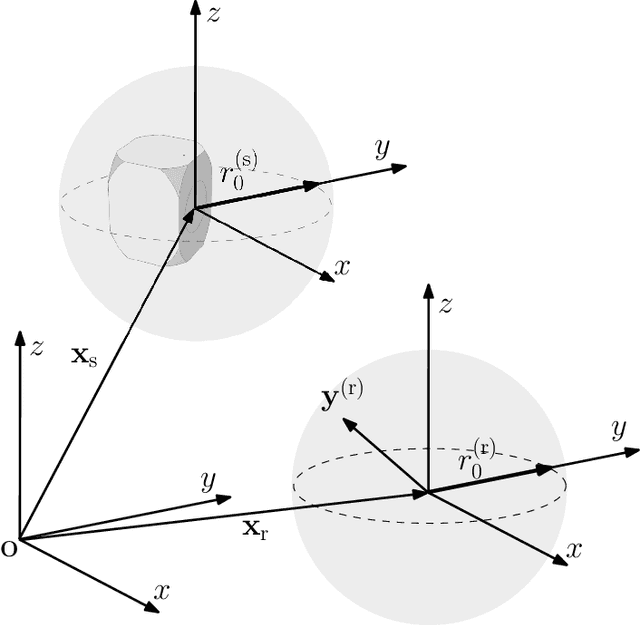

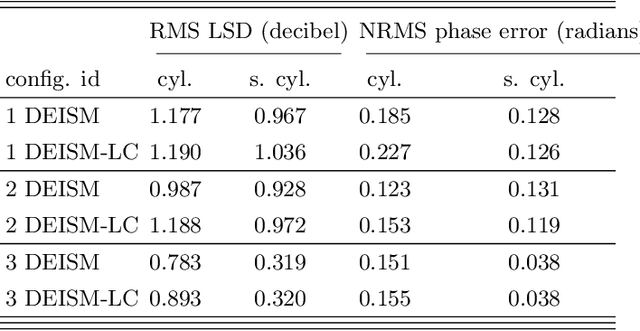
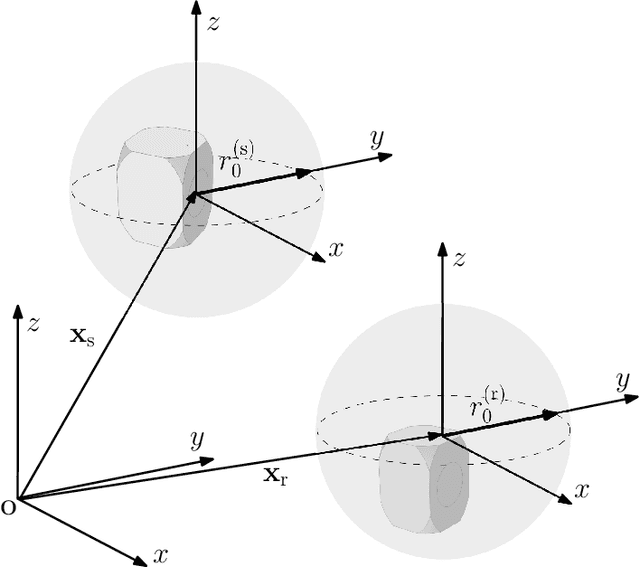
Abstract:The image source method (ISM) is often used to simulate room acoustics due to its ease of use and computational efficiency. The standard ISM is limited to simulations of room impulse responses between point sources and omnidirectional receivers. In this work, the ISM is extended using spherical harmonic directivity coefficients to include acoustic diffraction effects due to source and receiver transducers mounted on physical devices, which are typically encountered in practical situations. The proposed method is verified using finite element simulations of various loudspeaker and microphone configurations in a rectangular room. It is shown that the accuracy of the proposed method is related to the sizes, shapes, number, and positions of the devices inside a room. A simplified version of the proposed method, which can significantly reduce computational effort, is also presented. The proposed method and its simplified version can simulate room transfer functions more accurately than currently available image source methods and can aid the development and evaluation of speech and acoustic signal processing algorithms, including speech enhancement, acoustic scene analysis, and acoustic parameter estimation.
Coherent Integration for Targets with Constant Cartesian Velocities Based on Accurate Range Model
Feb 19, 2021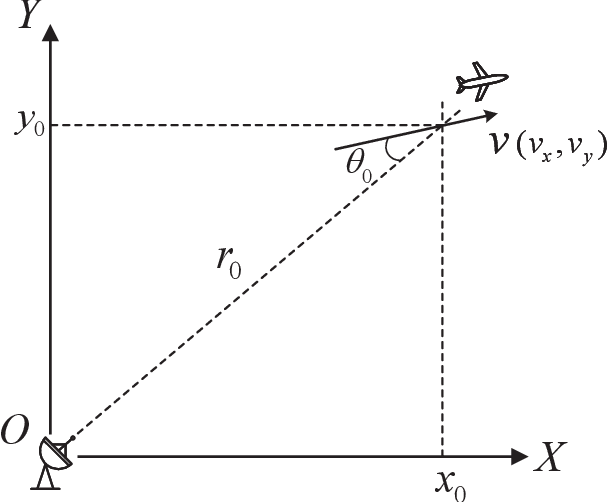
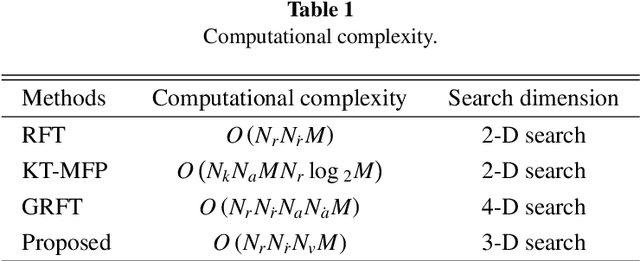

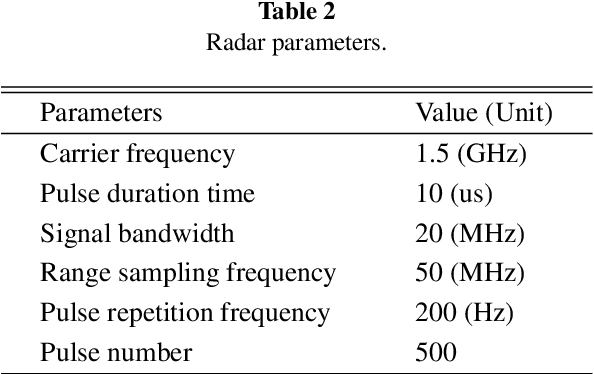
Abstract:Long-time coherent integration (LTCI) is one of the most important techniques to improve radar detection performance of weak targets. However, for the targets moving with constant Cartesian velocities (CCV), the existing LTCI methods based on polynomial motion models suffer from limited integration time and coverage of target speed due to model mismatch. Here, a novel generalized Radon Fourier transform method for CCV targets is presented, based on the accurate range evolving model, which is a square root of a polynomial with terms up to the second order with target speed as the factor. The accurate model instead of approximate polynomial models used in the proposed method enables effective energy integration on characteristic invariant with feasible computational complexity. The target samplings are collected and the phase fluctuation among pulses is compensated according to the accurate range model. The high order range migration and complex Doppler frequency migration caused by the highly nonlinear signal are eliminated simultaneously. Integration results demonstrate that the proposed method can not only achieve effective coherent integration of CCV targets regardless of target speed and coherent processing interval, but also provide additional observation and resolution in speed domain.
 Add to Chrome
Add to Chrome Add to Firefox
Add to Firefox Add to Edge
Add to Edge